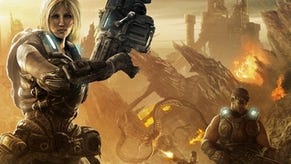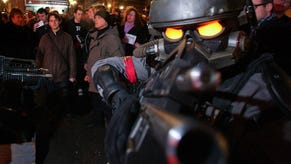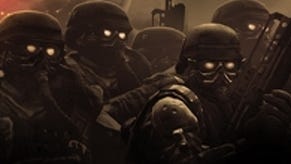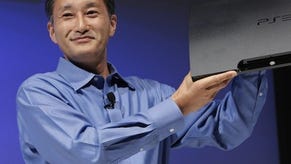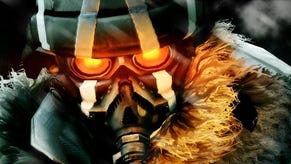Killzone 2
Hardcore uproar.
For the most part, they attack in squads. They'll flank you. They'll use grenades to flush you out. They'll take it in turns to keep you busy with suppressing fire, then wait for you to reload and rush your position. Die, restart and take a different approach, try a different angle of attack, and you'll see the enemy reacting to your actions rather than simply popping out of the same cover spots like sideshow ducks. The landscape may not change as often as some would like, you're battling the same enemies from the start of the game through to the end, and there are few obvious set-piece moments, but that's because the gameplay itself is the set-piece. Battling your way across Salamun Bridge may not sound particularly amazing in theory, but in practice it's the sort of seriously meaty tactical challenge that too few shooters bother with these days.
Weapons are realistic, with only one gun in the whole game - a Helghan electricity cannon - that tips the scales a little too far into silly sci-fi territory. It is justified by the story, however, and it's awesome, so it's not a criticism. Small arms are your best resource for the majority of the game, and you soon come to trust the intuitive cover system, which automatically glues you to whatever you're hiding behind and allows you to slide side to side and pop out to return fire. Long-distance headshots are possible, but by no means easy, so the pride taken in each Helghan downed is earned.
In fact, so rewarding and dynamic are the firefights that it's the moments where the game slips into videogame cliché that let it down. A confrontation with a flying gunship wears the Boss Battle template a little too snugly, requiring you to shoot electricity pylons to hold it still while you break out the rocket launcher. Heavily armoured shock troopers must be shot in the face so they turn around, allowing you to blast at the explosive tanks on their back. These scripted reactions are unwelcome reminders of the genre's artifice, and rather than adding exciting peaks to the gameplay, they feel like predictable troughs that must be bashed aside in order to carry on with the truly fun stuff.
There are flies elsewhere in the ointment too. The dual-weapon system forces you to think critically about your ammo reserves, where the risk of running dry must be weighed against the perils of a dash across open ground to grab another gun. Unfortunately, your default sidearm is always a pistol and a fairly useless one at that. Rare are the times when you'll need to bust it out, effectively reducing your useful armament options to whatever else you've found.
It's also rather odd that, should another character fall in battle, you're able to revive them with a handheld zapper. They'll pretty much writhe and call out in agony for as long as it takes you to reach them - their location marked by a handy arrow - but you get no such benefit. If you take enough hits that the red mist closes in, you fall down dead and nobody does a damn thing to help. The revival system also makes a mockery of a later plot development, which I won't spoil. Suffice to say that anyone who wondered why Cloud didn't just use a Phoenix Down on Aeris will face a similar clash between the needs of the story and the mechanics of the gameplay.
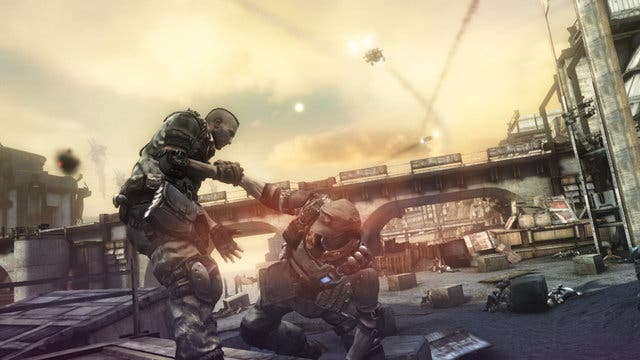
Such considerations are less worrying taken in the larger context, however. The internet will no doubt rage for weeks as to whether Killzone 2 is the best-looking console game evah, but it's fair to say that if there's a list, it's going to be near the top. What truly impresses, however, isn't the obvious eye-catching elements but the smaller moments - little things that are so natural that you often don't notice them; those little eddies of dust blowing around a deserted slum village, the way you can be subliminally tipped-off to enemies by a subtle change in light or shadow ahead.




